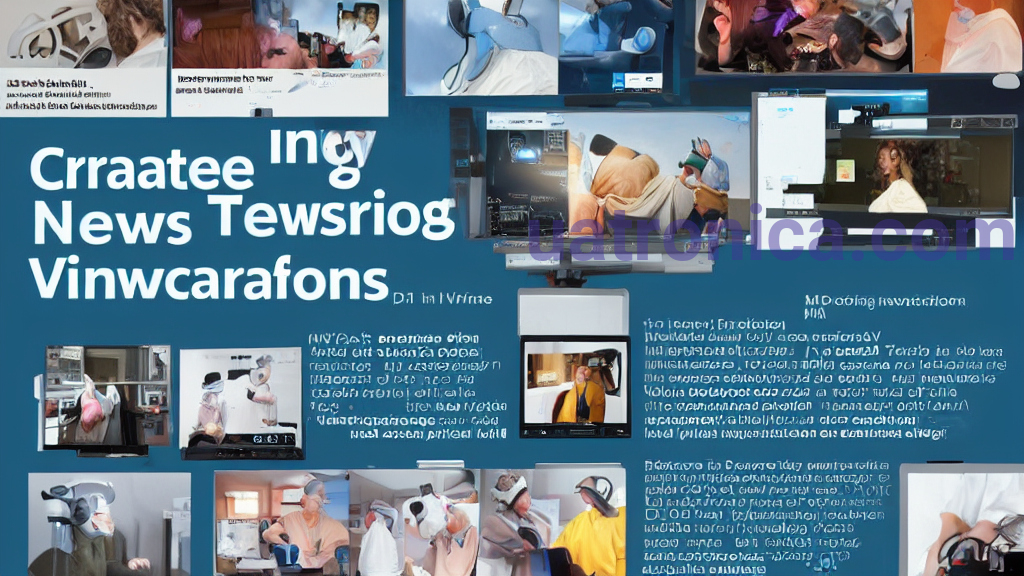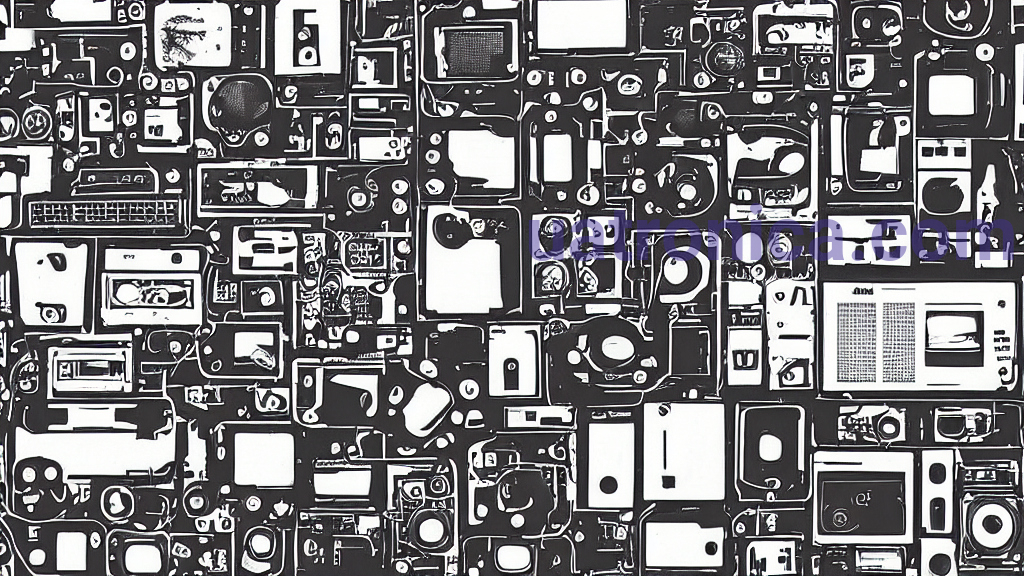11 Incredible Innovations That Changed the View of Modern Electronics: Expert Advice and the Future of Technology
Modern electronics have always developed steadily, but recent years have witnessed a real revolution. Innovations in electronics are not only changing the industry, but are having a profound impact on our daily lives, the economy, and the way we interact with technology. In this article we will consider 11 incredible innovations, which significantly determined the direction of technologies and contributed to the formation of a new perception of our environment.
1. Artificial intelligence and machine learning
Artificial intelligence (AI) and machine learning have become an integral part of many electronic devices. These technologies are used to automate tasks, improve user experience and increase efficiency. For example, a transistor BSC360N15NS3GATMA1 helps with AI-based data processing and increases the speed of tasks. AI is also transforming both business processes and the daily life of consumers: from turning big data into understandable conclusions to automating customer service through chatbots.
2. Internet of things
The Internet of Things (IoT) is transforming everyday life by connecting ordinary devices through networks. Thanks to this, such items as refrigerators, thermostats and even household appliances can interact with each other and respond to changing conditions. For example, smart thermostats automatically regulate the temperature in the house, saving energy resources and providing comfort. The number of IoT devices is expected to reach 75 billion by 2025, further underscoring the importance of this technology.
3. 5G and new communication technologies
The rapid development of 5G technologies significantly accelerates data exchange, enabling the connection of millions of devices at the same time. This opens up new possibilities for mobile applications, virtual reality and autonomous vehicles. The data transfer speed of up to 10 Gbit/s allows you to avoid delays in communication and ensure uninterrupted operation of critical systems. For example, in medicine, 5G can be used for telemedicine, where doctors can attend to patients from a distance, receiving high-quality images in real time.
4. Augmented and virtual reality

AR and VR are not only changing the way entertainment is done, but are also having a significant impact on business and education. For example, in medical practice, AR helps doctors during operations by providing access to detailed information about patients in real time. VR is used in training for doctors, allowing them to practice complex procedures in a safe environment. According to research, most companies see AR and VR as key tools in future employee training.
5. New batteries and energy storage technologies
Energy storage technologies, particularly new batteries based on graphene and lithium, have become an important part of electronic devices. These batteries are able to store more energy, charge faster and have a longer service life. For example, new batteries can provide electric vehicles with longer range, making them more attractive to consumers. The high energy density of new technologies opens the door to the creation of compact but powerful electronic devices.
6. Nanotechnology
Nanotechnology provides new opportunities for the development of electronic components. Thanks to the creation of microcircuits and elements with unique properties, it is possible to achieve a significant reduction in the size of devices without losing their functionality. This leads to increased productivity, reduced production costs, and reduced energy consumption. For example, the use of nanomaterials in solar panels can increase their efficiency to 30%. Thus, nanotechnology is a key factor in the future development of electronics.
7. Robotics
Robotics is becoming increasingly important in many industries, from industry to service. They automate routine tasks, freeing up people for more complex projects. Innovations in electronics make it possible to create intelligent robots that can interact with the environment and make decisions based on data analysis. For example, in agronomy, robots are used to monitor the condition of plants and automatic watering, which helps to conserve resources and increase yields.
8. Improvement of materials
New materials, such as flexible electronics, provide new opportunities for the development of lightweight and durable devices. For example, new sensors can be embedded in clothing or accessories, which opens up great potential for wearable electronics. This includes fitness bracelets that monitor physical activity, as well as clothing that can track vital signs. These technologies are becoming increasingly popular as users seek to integrate comfort and functionality into their everyday clothing.
9. Return to analog

Despite the dominance of digital technologies, there is growing interest in analog technologies that provide high quality sound and image. This includes the emergence of products using analog technology, such as vinyl records and analog cameras. This trend demonstrates a shift in consumer demand for characteristics such as naturalness and authenticity, as opposed to over-processed digital products.
10. Quantum computers
Quantum computers promise to significantly revolutionize data processing. This technology can accelerate machine learning, cryptography and improve the solving of complex problems. Quantum computing is expected to enable multi-layer simulations that would normally take years on traditional computers. This provides new opportunities for research in fields such as pharmaceuticals and materials science, where the speed of data processing can significantly accelerate the discovery of new formulations and materials.
11. Improved cooling and energy efficiency systems
Cooling systems have become more efficient thanks to new technologies and materials. In a world where energy consumption is increasing and environmental protection issues are becoming increasingly urgent, a new generation of cooling systems is able to reduce energy consumption while maintaining the efficiency of electronic devices. Innovations in this field include the use of phase transitions, smart systems for heat management in electronic devices, and advanced heat exchangers.
The future of technology
Review innovations in electronics demonstrates how technology affects all aspects of our lives. It's not just about new devices, but how they integrate into our daily lives, businesses and society. Online stores such as Uatronica, offer a wide range of products, including transistors that support these new technologies, as well as solutions that increase your productivity. Amazing advances in artificial intelligence, IoT, and robotics are providing a growing variety of solutions for consumers and businesses.
The search for efficient solutions for electronics will continue, and innovation will certainly change the economy and our daily lives. Stay up to date with the latest news and expert values of our products to stay abreast of the latest developments in this dynamic industry.
Conclusion
Numerous new technologies are forcing us to rethink the role of electronics in our lives. All 11 innovations in electronics that we have reviewed are rapidly changing our future. Keep up with the latest advancements, updates, and technological breakthroughs so you don't miss a single milestone in the world of electronics, because our future is just around the corner.










